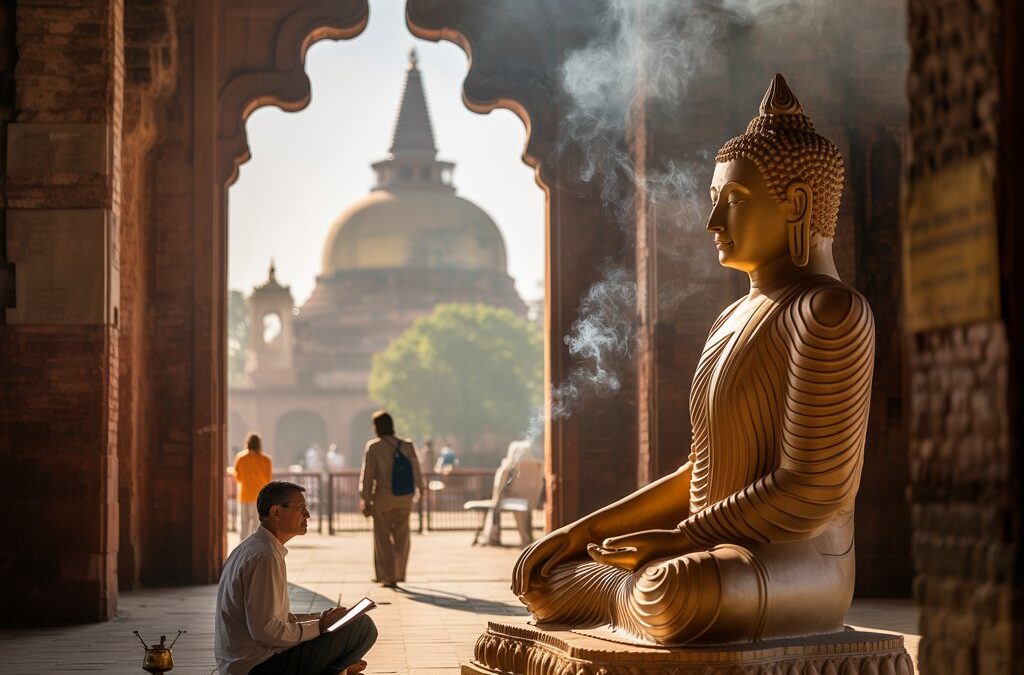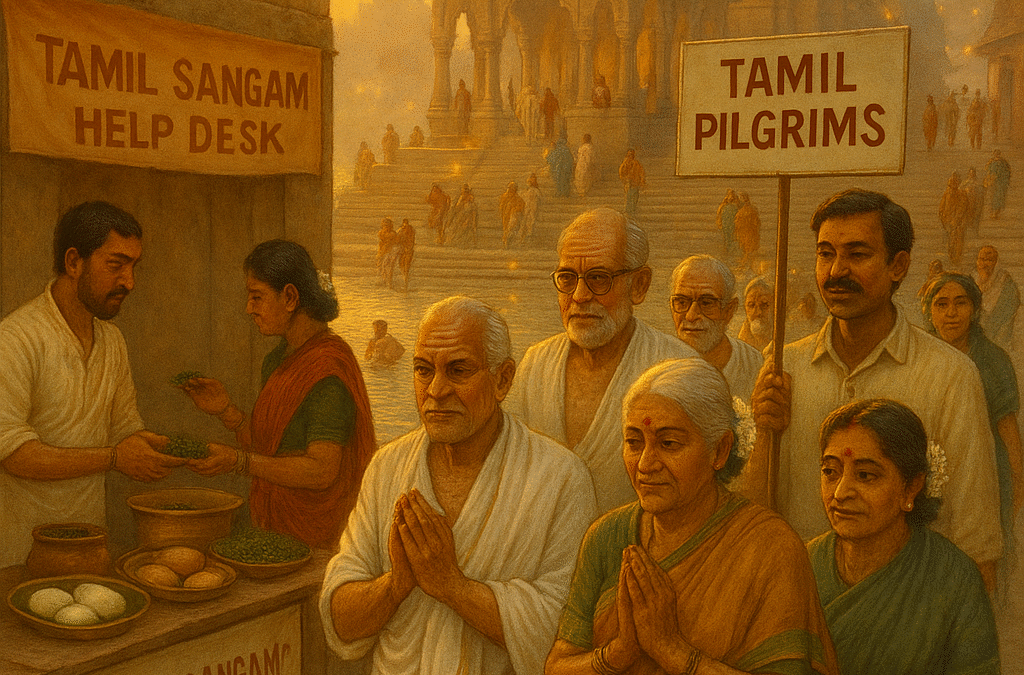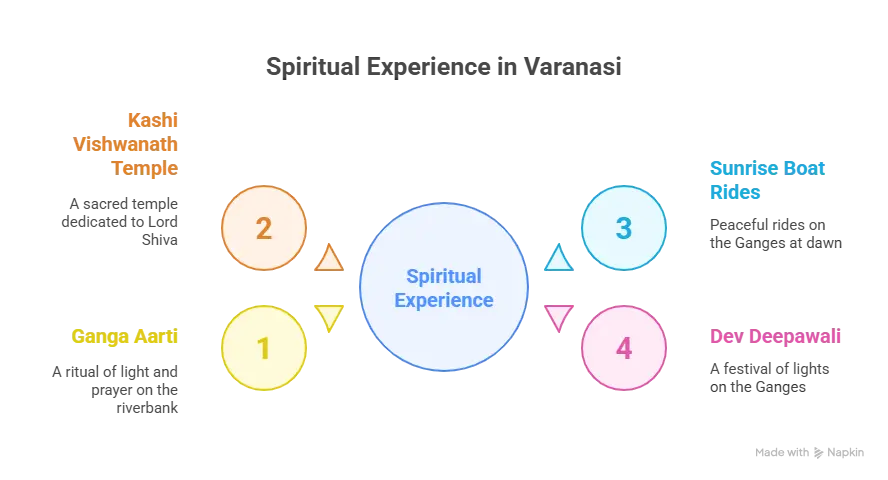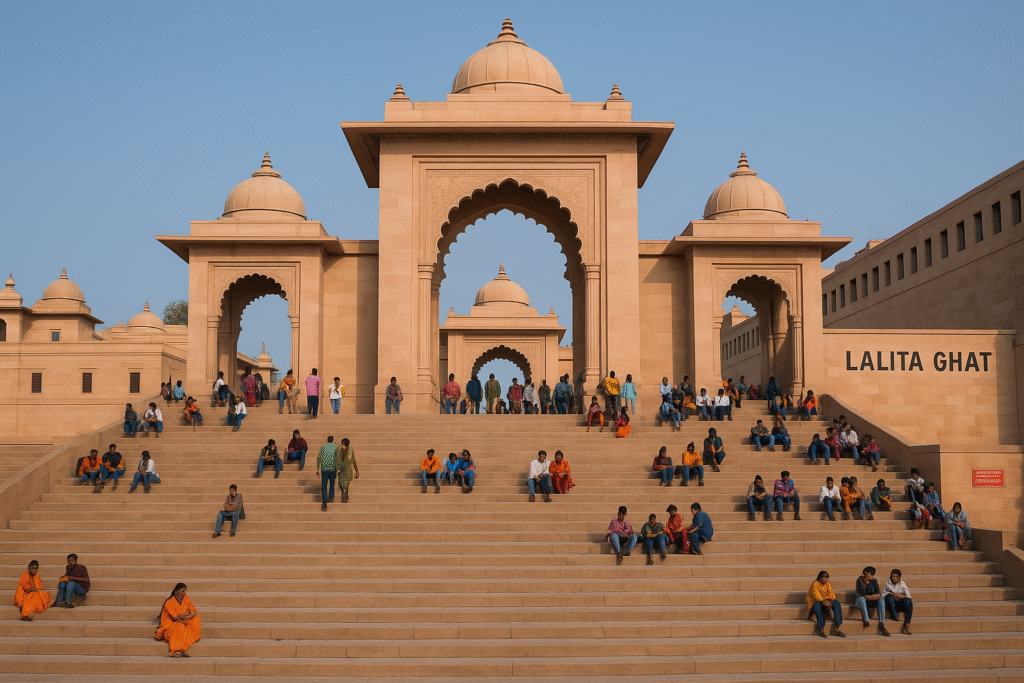
Kushinagar Buddhist Circuit Itinerary: A Peaceful Journey You Shouldn’t Miss
Introduction: Is This Just Another Temple Town? Think Again.
Most Indians haven’t even heard of Kushinagar properly. But here’s a shocker—this quiet town in Uttar Pradesh is where Lord Buddha took his final breath.
Yes, yaar. This is not just a stop on some boring religious list. Kushinagar is one of the four most sacred places in Buddhism, along with Lumbini (Nepal), Bodh Gaya (Bihar), and Sarnath (UP). And it’s not only for Buddhists. Anyone looking for peace, history, or even a short weekend spiritual detox will feel something deep here.
Why Is Kushinagar So Important in Buddhism?
This is the place where Buddha attained Mahaparinirvana—a fancy word for the final liberation from the cycle of birth and death. That moment, for Buddhists, is just as powerful as his birth or enlightenment.
Now imagine standing where that moment happened.
The Parinirvana Temple holds a 20-ft long reclining Buddha statue, carved out of a single sandstone block, showing him peacefully lying down as he left the world. Behind the temple, you’ll find the Parinirvana Stupa, a 65-ft tall dome built to mark this sacred event.
These are not just photo points—they carry centuries of silence, chants, and devotion.
Stat Insight: According to MDPI research, Kushinagar receives Buddhist pilgrims from over 40 countries every year. Temples from Japan, Vietnam, Sri Lanka, and more have been built in the town as a mark of respect.
And honestly, even as a non-Buddhist, you’ll feel that strange sense of calm just sitting under a tree here.
How To Reach Kushinagar: It’s Not Remote Anymore, Bro
Earlier it was a headache to reach Kushinagar. But things changed after Kushinagar International Airport opened in October 2021. Now, direct flights from Delhi, Mumbai, and even Bangkok land here.
[Source: Wikipedia, Akshar Tours, Varanasi Tours Package]
If you’re coming by train, Gorakhpur Junction is just 50 km away, and has trains from all major cities like Delhi, Kolkata, and Lucknow.
By road, you can reach:
- Lumbini (Nepal) in ~3.5 hours (177 km)
- Varanasi in ~5.5 hours (300 km)
- Sravasti in ~4 hours (240 km)
✨Luxury Option:
The Indian Railway’s Mahaparinirvan Express is an 8-day pilgrimage train that covers Delhi, Bodh Gaya, Rajgir, Nalanda, Sarnath, Kushinagar, Lumbini and Sravasti. AC coaches, veg meals, guides—everything paisa vasool.
(Source: Unacademy, BuddhistTourism.online)
2–Day Kushinagar Itinerary (Short But Soulful)
If you’ve only got two days, don’t worry. You can still see the best of Kushinagar.
Day 1 – Arrival + Parinirvana Experience
- Reach Kushinagar by noon and check into a local guesthouse or budget hotel.
- After lunch, head straight to the Parinirvana Temple. Spend time inside. Sit. Don’t rush.
- Walk to the Parinirvana Stupa and observe evening chants. They hit different after sunset.
Day 2 – Shrines + Global Culture
- Start early and visit Ramabhar Stupa, where Buddha’s body was cremated.
- Next, go to Matha Kuar Shrine—a small spot where Buddha gave his final sermons.
- After lunch, explore Japanese, Thai, Sri Lankan and Vietnamese temples across town. Each one has a different architecture, atmosphere, and energy.
Data Insight: The Kushinagar Development Authority says over ₹200 crore was allocated for Buddhist circuit development by the Indian govt since 2015. That’s how serious this project is.
(Source: Ministry of Tourism, PIB)
If you have time and energy, catch a bus to Gorakhpur or plan next stop to Lumbini, Nepal.
Planning the Full Buddhist Circuit (Delhi to Nepal)
If you’re a full-on spiritual explorer, or even just a history lover, you can plan the full Buddhist Circuit across Bihar, UP, and Nepal.
Full Circuit Idea (7–10 Days)
- Delhi → Bodh Gaya → Rajgir & Nalanda → Patna → Vaishali → Kushinagar → Lumbini (Nepal) → Sravasti → back to Delhi
This can be done by train (low cost), with a tour operator (easy mode), or even DIY with jugaad and Google Maps.
Travel bloggers like Namrata Wakhloo suggest using homestays and local buses for a budget + deep experience combo.
When’s The Best Time To Visit Kushinagar?
October to March is the ideal window—cool, pleasant, perfect for walking around and exploring temples.
- Buddha Purnima (usually in April/May) is the biggest celebration in Kushinagar. There are processions, prayers, dances and food stalls.
Avoid visiting between May to September—it gets super hot and rainy. Not fun.
Cultural Tips You Should Know
Look, Kushinagar is peaceful but strict about certain things.
- Dress modestly—no shorts or sleeveless in temples.
- Don’t speak loudly in prayer halls.
- No selfies near monks or inside meditation halls.
- If kids ask for money or sweets—politely say no. Many NGOs discourage this.
Advice from Buddhisttourism.online: “Observe monks and follow their behavior. That’s the best guide you can have.”
FAQs (Optimised for Voice Search)
Q. How many days are enough for Kushinagar?
A 2-day itinerary is enough to explore major landmarks and feel the peaceful vibe.
Q. Is Kushinagar only for Buddhists?
No. Anyone interested in peace, meditation, history or spirituality can visit.
Q. Can I combine Kushinagar with other places?
Yes! You can extend to Lumbini, Bodh Gaya, or Varanasi easily by road or train.
Q. Is it safe for solo travellers?
Yes, but like anywhere, take basic precautions. Stay near temple areas.
Conclusion: This Place Changes You, Thoda Sa Hi Sahi
Kushinagar isn’t just another spiritual town. It’s where silence feels loud. Where history feels alive. You don’t need to be a Buddhist to feel something here.
Whether you go for 2 days or 2 weeks—you’ll return lighter, calmer, and maybe with a new perspective.
What Next?
If this sounds like your kind of trip—start planning now. And if you need a budget route, train plan, or even spiritual prep tips, just ask in the comments or message me.
Bas, don’t wait too long. Some journeys call you only once.



